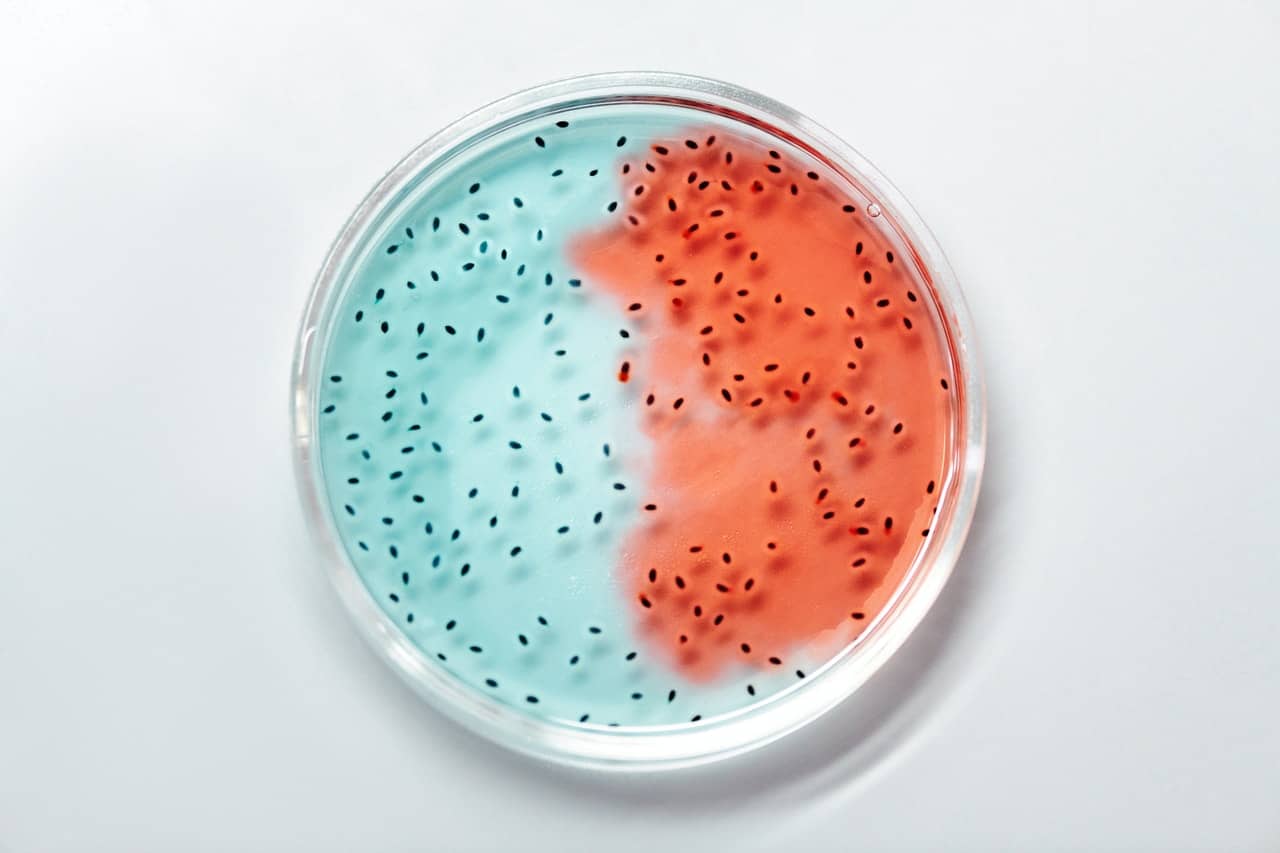Teenage mental health issues arise from a combination of internal and external conditions, defined as risk factors. These risk factors help explain why someone’s child might have developed symptoms of a mood disorder, a substance use disorder, or a psychotic disorder. In addition, they can help explain the roles that both a person’s circumstances and their own physiological quirks played in the onset of disordered behavior and thinking, the kind that lowers the quality of life, disrupts relationships, and much more.
One of the most significant factors behind the development and onset of a diagnosed mental health condition is a teen’s genes. Many of the neurological characteristics that might enable or lead to disordered thinking can be, and are, inherited. Mental health issues begin in the brain, and some people’s brains are more likely to combat disordered or unhealthy thoughts throughout their lifetime. This can mean that, depending on the condition, one in two, five, or ten direct relatives to someone with a mental health issue may one day be diagnosed with that same condition.
But it’s not quite as simple as just saying that we all have the potential to inherit the same conditions as our parents, siblings, or cousins. There are many other risk factors at play and protective factors, unexpected triggers, and ranges in severity. And above all else, a diagnosis is far from a final judgment. Nevertheless, everyone diagnosed with a mental health issue can, with enough care and support, enjoy a normal and fulfilling life, manage the symptoms of their condition, and find the right treatment plan to help them cope.
Teenage Mental Health and Genetics
We are beginning to unravel how our own inherited physiology can affect mental health through abnormal gene expression and the presence of specific genetic markers. In addition, some conditions seem more susceptible to hereditability than others in the sense that teens may be more likely to struggle with certain conditions later in life if their close relatives were diagnosed with them.
But genetics is still only one piece of the puzzle, albeit a large one. So it is important not to get fixated and lose the forest for the trees. While genes may affect how our brains work and may act as an immutable risk factor in the long term, we need to understand that the use in knowing this is to preempt certain conditions through protective factors.
Knowing that our children may be more likely to struggle with certain health issues than the general population can help us ensure that their environment prepares them through positive relationships, the availability of mental health resources at school and within the community, a strong support network, healthy self-esteem, early social skills building, the development of good coping mechanisms, and more.
The Hereditability of Depression and Anxiety
Depression and anxiety are two of the most diagnosed mental disorders in the world. It is important to understand and distinguish between emotion and disorder – while feeling sad and worried is normal and healthy under most circumstances, teens struggling with depression or anxiety are experiencing unhealthy and disordered thoughts that can influence behavior, causing self-isolation, self-harm, suicidal ideation, irritability, conflict at home and in school, and more.
We know that there are genetic influences on the development of depression in teens and that genes and gene expression play a role in the severity of a teen’s mood disorder. The same can be said for anxiety symptoms. But many other factors contribute to the development of these conditions. Likewise, certain factors can help prevent or reduce the severity of symptoms – or help improve treatment success.
Predisposition and Chance
There are always ways to beat the odds. In this case, statistics can help us recognize patterns – and preempt problems. When you understand that family history plays a role in your teen’s mental health, you can take measures to help ensure that your teen has access to everything they need to inform themselves about what their thoughts and feelings might mean. It’s important not to misinterpret a slight predisposition as some predetermination – and wait for the day your teen will wake up with a mental disorder.
It’s a much more complex process, and onset can be slow or subtle. Some teens go through hell and manage to cope – and there are teens from loving homes who eventually struggle with panic attacks and severe anxiety. The human mind is a complicated thing – and sometimes the best we can do as caregivers, parents, and therapists, is to hope for the best and do our best.
Risk Factors and Protective Factors
We have covered that genetics and family history play a role in developing different teenage mental health issues, down to specific genes often associated with one or more conditions (including common comorbidities). But there are other risk factors – and more importantly, many protective factors – worth discussing. Common risk factors include:
-
- Brain damage
- Stressful life events
- Traumatic experiences
- Victimization (bullying)
- Unhealthy relationships
- Another mental health issue
- A physical chronic health condition
- Social isolation (few or no relationships)
- Frequent substance use (including alcohol)
Protective factors help improve mental wellbeing and reduce the risk of a mental health condition. They can also help reduce the severity of symptoms and improve the efficacy of treatment. Some protective factors include:
-
- Physical activity
- High self-esteem
- Positive parental bonds
- Social capital within the community
- Connectedness and belonging at school
- Social support (from friends and family)
- Playing a role in the community (sense of belonging)
- Living environment (housing quality, air quality, local crime rate)
Seeking Teenage Mental Health Help
At the end of the day, we may all need help in one form or another. Teens who struggle with mental health issues need specific kinds of help. This can range from taking an anti-depressant to visiting a therapist once a week or considering an inpatient/residential program. Mental health conditions always require a holistic approach – meaning different teens and different conditions need different treatments, ones that also consider co-occurring health issues (both mental and physical), family and social life, school problems, bullying, and drug use.








